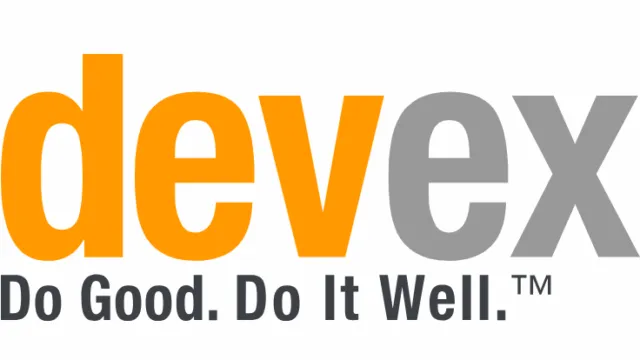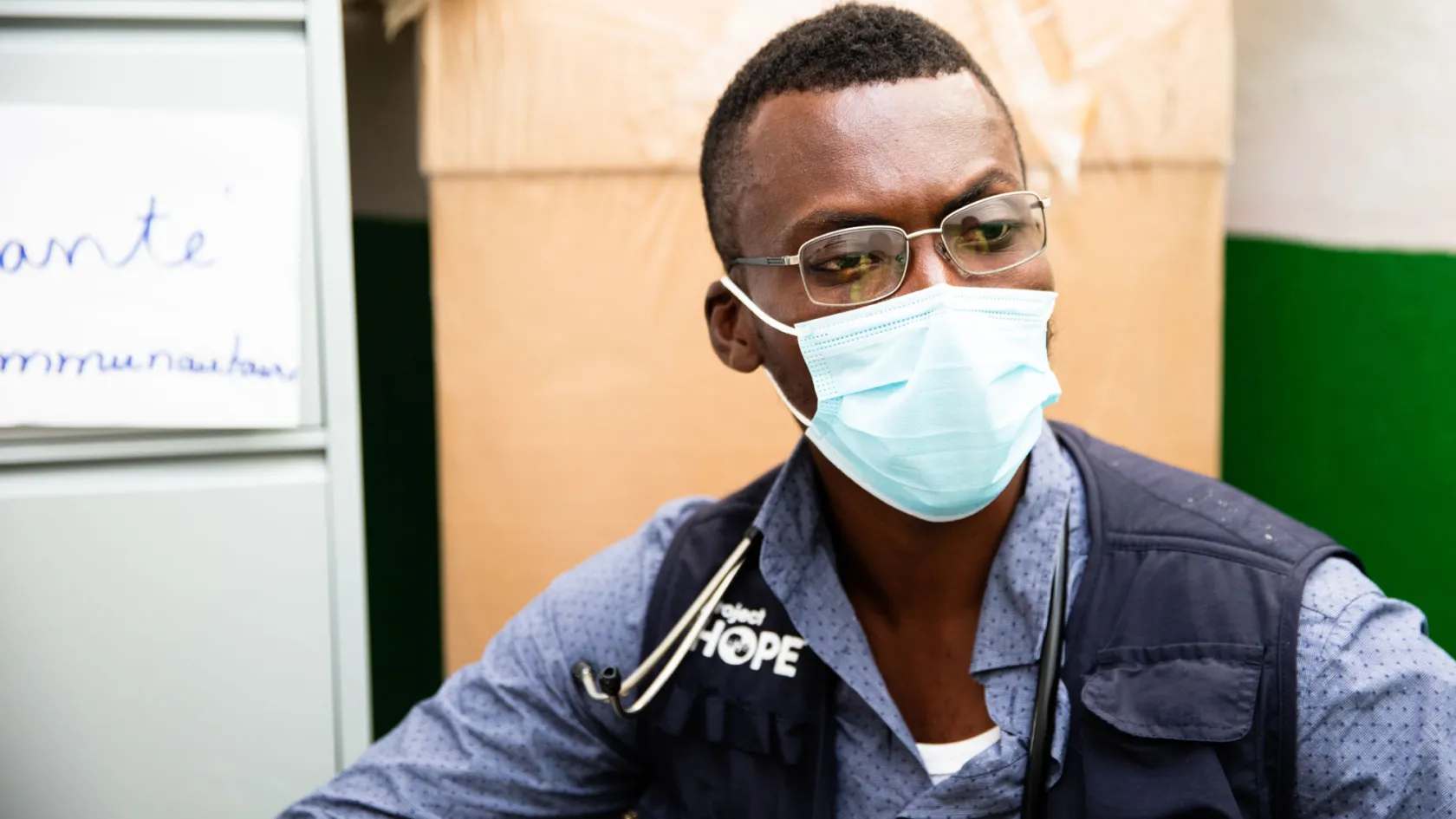6 Facts: How Vaccines Save Lives
The COVID-19 pandemic revealed the need to recognize vaccines as one of the most crucial and cost-effective health interventions. Here are six facts to better understand them.
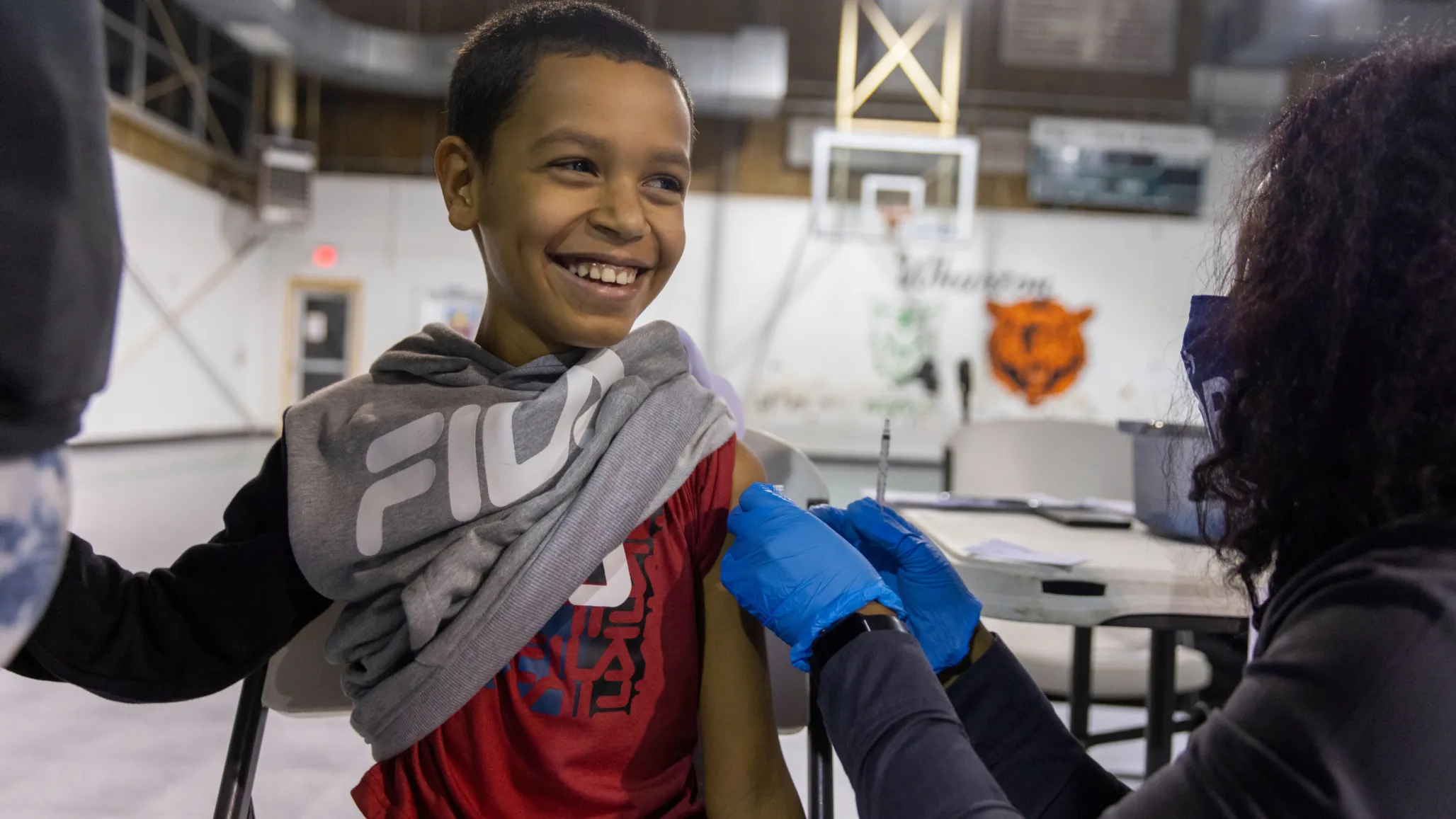
Vaccines save and improve millions of lives each year and are considered to be one of the most successful and cost-effective health interventions. But they also raise a lot of questions.
How do they work? How effective are they? Is there enough supply? Navigating what’s fact and what’s fiction is crucial to ensure we stay safe, live long and healthy lives, and protect those around us.
Here are six facts to better understand vaccines and coverage gaps.
Fact 1: There are vaccines for more than 25 life-threatening diseases including tetanus, pneumonia, measles, and polio.
Vaccination is one of the most effective measures for preventing disease, second only to clean water.
They work by introducing a small dead or weakened version of a disease to the body, which triggers your immune system and activates the production of antibodies. Then, if you’re exposed to the disease in the future, your immune system already has the training and antibodies needed to fight it off.
Today we have vaccines to prevent more than 25 life-threatening diseases including tetanus, pneumonia, measles, and polio.
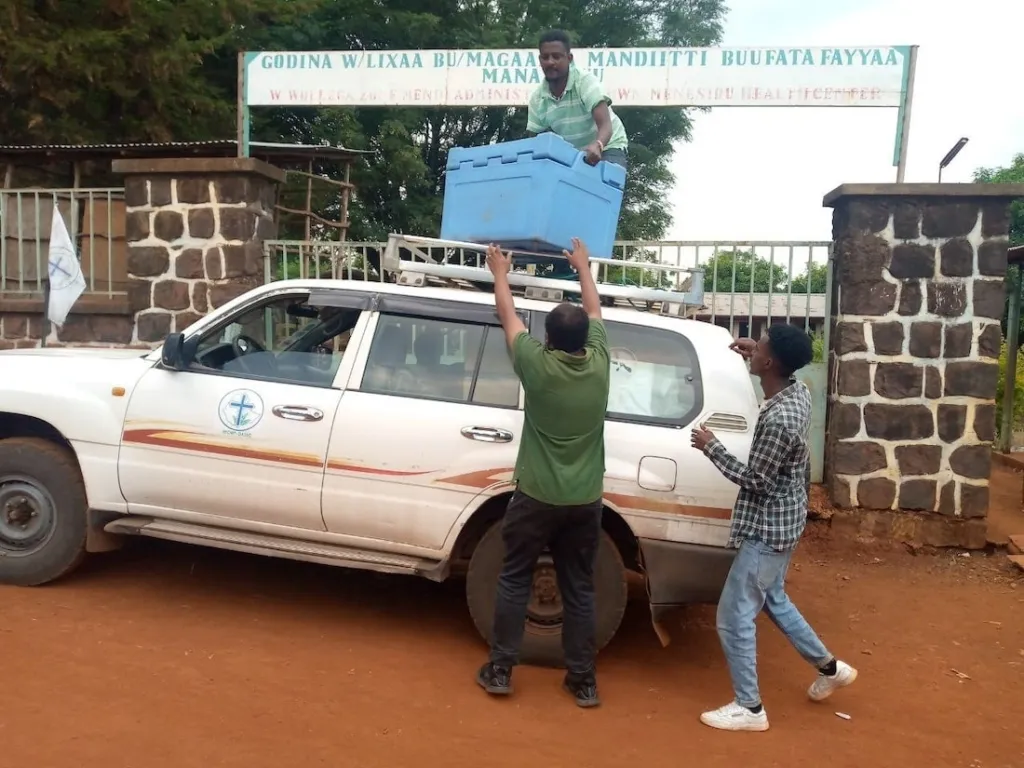
Fact 2: Immunization could save over 50 million lives between 2021 and 2030.
Every year, vaccination prevents 3.5 to 5 million deaths among people of all ages, and it’s estimated that vaccination could save over 50 million lives between 2021 and 2030, particularly from measles (18.8 million) and hepatitis B (14 million).
Immunization doesn’t only save lives and prevent and mitigate outbreaks — it also protects economies. In low- and middle-income countries, every $1 spent on immunization programs yields $52 in return.
Fact 3: One in six children around the world do not have access to essential vaccines.
In 2022, 20.5 million children were either unvaccinated or under-vaccinated, putting them at increased risk of death, disability, and preventable disease. About half of them lived in fragile or conflict-afflicted settings.
At the same time, 14.3 million children did not receive any vaccines. Almost all of these “zero-dose” children live in low- and middle-income countries, concentrated in Africa and Southeast Asia.
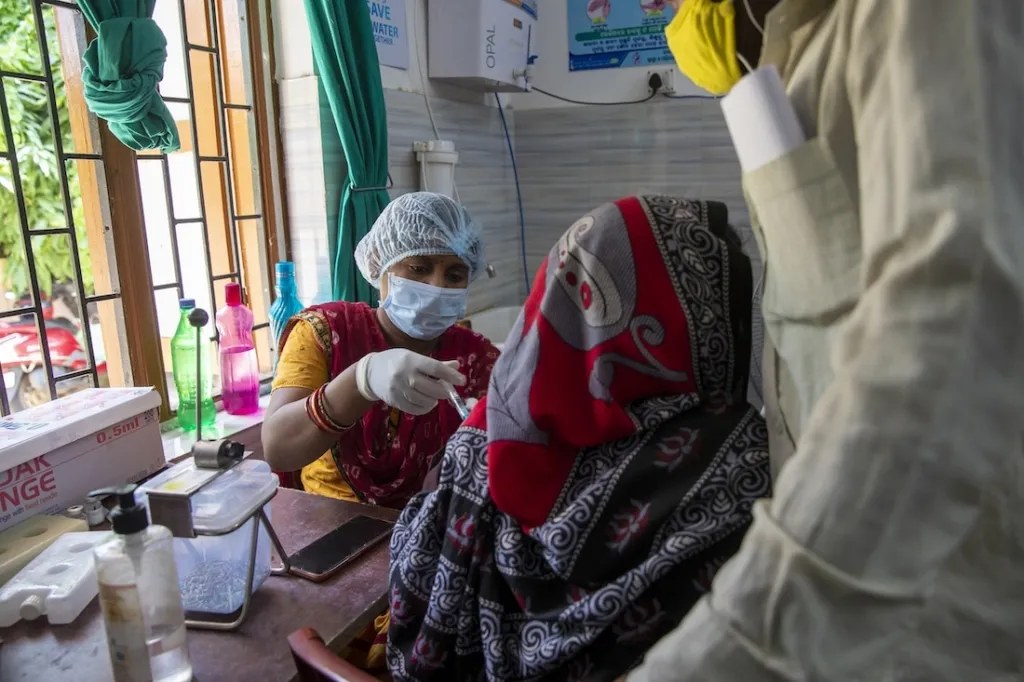
Fact 4: People who have received an updated COVID-19 vaccine are 54% less likely to get the virus.
Vaccination continues to be one of the best defenses against COVID-19, averting millions of hospitalizations and deaths. Those who have gotten boosters are at lower risk of becoming infected, and those who do contract the virus experience milder symptoms than unvaccinated patients. In the U.S. alone, the first six months of COVID-19 vaccinations are estimated to have prevented 8 million cases, 120,000 deaths, and 700,000 hospitalizations.
The latest vaccine has provided “significant protection” against many variants of the virus. In the first four months it was available, those who got vaccinated were 54% less likely to catch COVID-19.
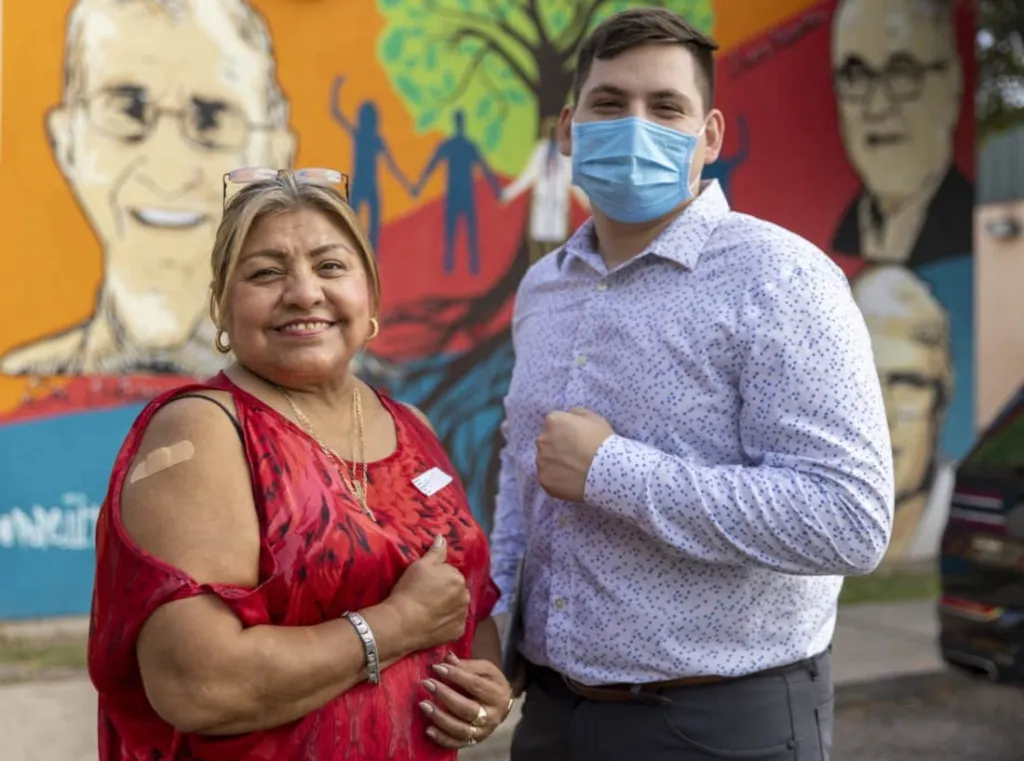
Fact 5: People in low-income countries have to fight for critical vaccines that are readily available in higher-income countries.
The unequal distribution of vaccines across countries is staggering. The disparities in vaccine coverage for COVID-19 and cervical cancer are prime examples. Despite ample global supply, as of November 2023, nearly 80% of people in high-income countries had received at least one dose of a COVID-19 vaccine while only 33% of people in low-income countries had received one dose.
For cervical cancer, the human papillomavirus (HPV) vaccine has been introduced in twice as many high-income countries even though low-income countries account for much of the disease burden.
Fact 6: Unlike traditional vaccines, mRNA vaccines do not contain any live virus. Instead, they teach cells how to make a protein that triggers an immune response.
Unlike traditional vaccines, which introduce a small part of the virus to the body, mRNA vaccines teach our cells how to make a spike protein that’s found on the surface of the virus. In both cases, an immune response is activated in which antibodies are produced to protect us against future infection.
Though mRNA vaccines only became available to public in recent years, researchers have been studying and working with them for decades. The Pfizer/BioNTech and Moderna COVID-19 vaccines have proven the technology safe and effective and marked an incredible advance in global health. The use of mRNAs will continue to revolutionize the world of vaccine development, as these vaccines can be produced much faster and in larger quantities.


